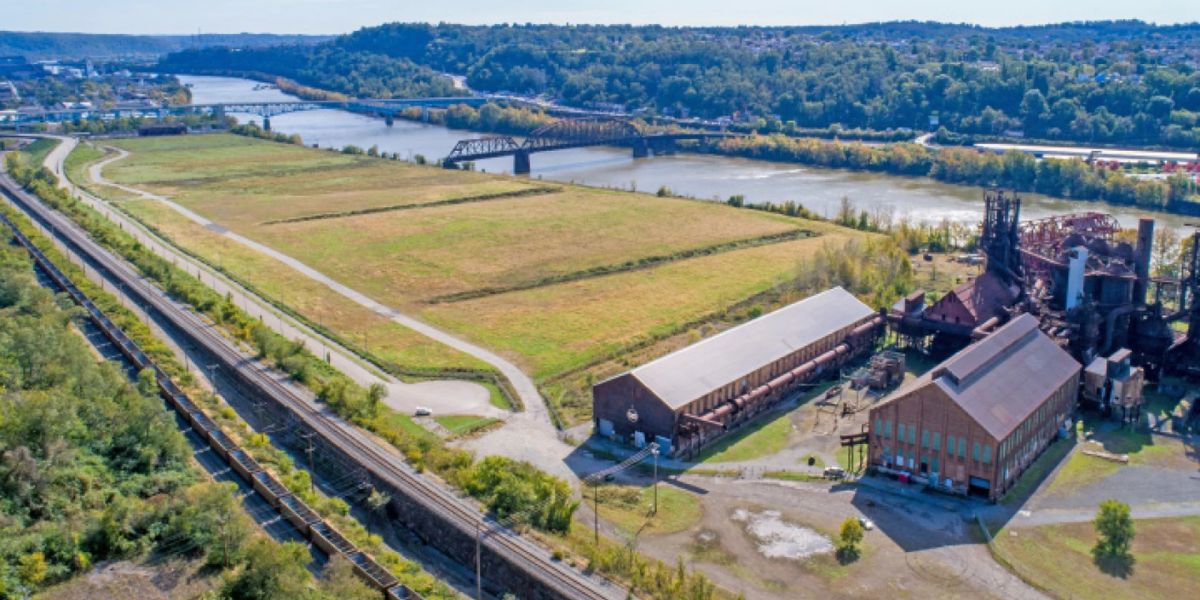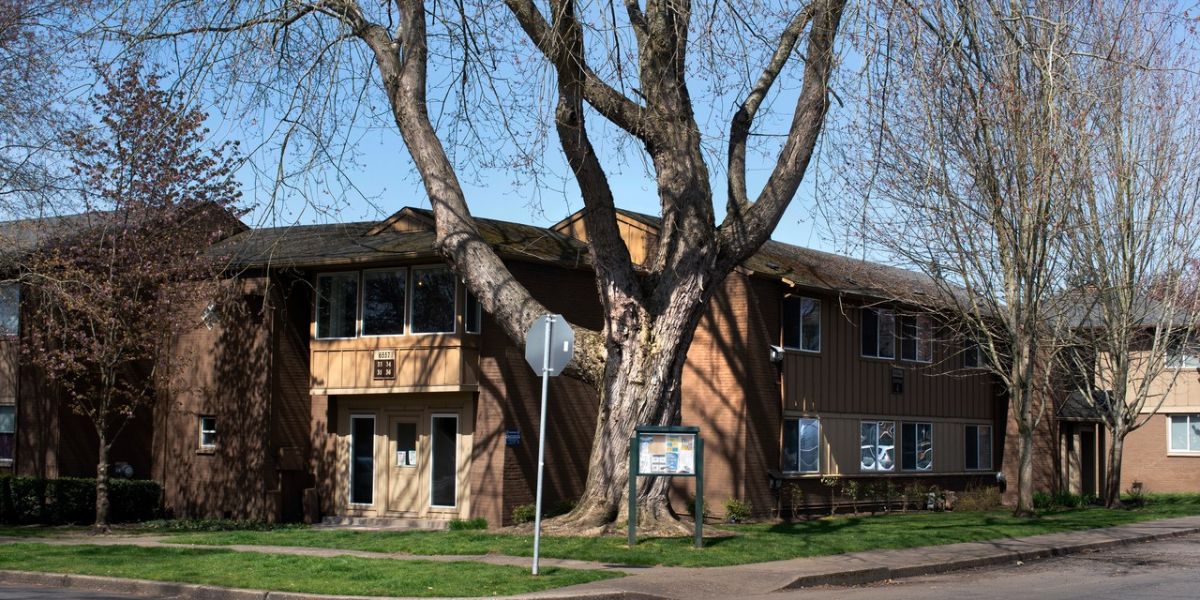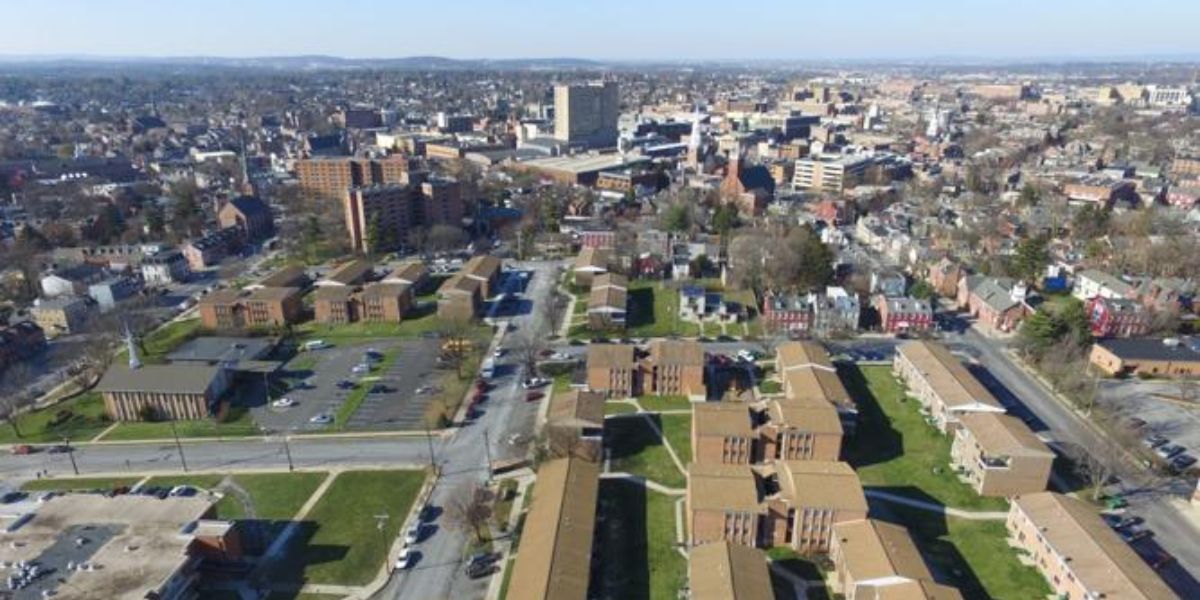Allegheny County, Pennsylvania, located in the southwestern region of the state and bordered by Westmoreland, Washington, Beaver, and Butler counties, is an integral part of the Pittsburgh metropolitan area. As of the 2020 census, it boasted a population of approximately 1.23 million residents. Pittsburgh, the county seat and its largest city, is also the second-largest city in the state and ranks 66th in the nation.
The county derives its name from the Allegheny River, which meanders through its landscapes. Allegheny County is renowned for its rich historical heritage, ethnically diverse population, and robust economy.
1. Homewood North
- A median household income of $19,000, representing a 72% deficit compared to the county median and a 76% shortfall relative to the national median.
- A poverty rate of 51%, which is more than four times the county average and exceeds the national rate by a similar margin.
- An unemployment rate of 18%, doubling the county rate and national average.
- An educational attainment rate of 74%, signifying that approximately three-quarters of the adult population have completed high school or attained higher qualifications.
2. Homewood South
- A median household income of $20,000, which is 71% lower than the county median and 75% below the national median.
- A poverty rate of 49%, surpassing the county and national averages more than fourfold.
- An unemployment rate of 17%, more than twice the county rate and national average.
- An educational attainment rate of 79%, signifying that nearly four-fifths of the adult population have completed high school or higher education.
3. Knoxville
- A median household income of $24,000, reflecting a 66% deficit compared to the county median and a 70% gap relative to the national median.
- A poverty rate of 40%, exceeding the county and national averages by more than threefold.
- An unemployment rate of 14%, more than double the county and national averages.
- An educational attainment rate of 82%, indicating that roughly four-fifths of the adult population have completed high school or higher education.
4. East Hills
- A median household income of $25,000, marking a 64% deficit compared to the county median and a 69% shortfall relative to the national median.
- A poverty rate of 39%, exceeding the county and national averages by more than threefold.
- An unemployment rate of 13%, more than twice the county and national averages.
- An educational attainment rate of 80%, indicating that around four-fifths of the adult population have completed high school or higher education.
5. Allentown
Allentown, located in southern Pittsburgh near Mount Washington and Beltzhoover, is an urban neighborhood boasting a diverse population comprising Whites, Blacks, Hispanics, and Asians. It has a population of approximately 2,000 residents but contends with marked socio-economic disparities, as indicated by the ACS data:
- A median household income of $26,000, representing a 63% deficit compared to the county median and a 67% shortfall relative to the national median.
- A poverty rate of 38%, exceeding the county and national averages by more than threefold.
- An unemployment rate of 12%, surpassing both the county and national averages.
- An educational attainment rate of 81%, signifying that about four-fifths of the adult population have completed high school or higher education.
Conclusion
In conclusion, Allegheny County, Pennsylvania, forms a vital part of the Pittsburgh metropolitan area, hosting a diverse population encompassing Whites, Blacks, Hispanics, Asians, and Native Americans. However, it grapples with significant socio-economic disparities among its neighborhoods.
Some of the most economically challenged areas in the county include Homewood North, Homewood South, Knoxville, East Hills, and Allentown.
These neighborhoods confront multifaceted challenges, including low income, elevated poverty rates, heightened unemployment, limited educational attainment, and constrained access to healthcare and social services.
Addressing these issues necessitates collaborative efforts from various stakeholders to enhance the quality of life and well-being of the residents.














